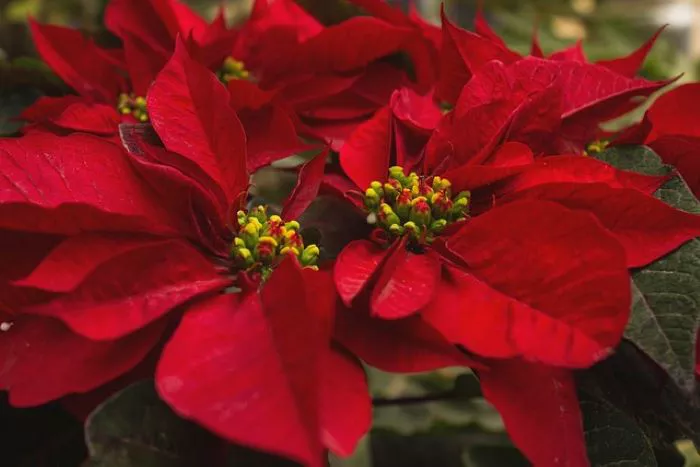Spring is a season filled with vibrant colors and fragrant blooms. As the weather warms and nature awakens, many people look forward to the arrival of spring flowers. These flowers not only beautify gardens and landscapes but also bring joy indoors when used in arrangements. However, a common question arises among flower enthusiasts: how long do spring flowers last? This article explores the lifespan of various spring flowers, factors affecting their longevity, and tips for extending their life.
Understanding Spring Flowers
Spring flowers encompass a wide variety of species that bloom during the spring months. Some of the most popular spring flowers include tulips, daffodils, hyacinths, and cherry blossoms. Each type of flower has its own unique characteristics, including its lifespan. Understanding these characteristics is essential for anyone looking to enjoy spring blooms, whether in a garden or as cut flowers in a vase.
Average Lifespan of Popular Spring Flowers
The lifespan of spring flowers can vary significantly depending on the species and growing conditions. Here are some common spring flowers and their average lifespans:
Tulips typically last about five to seven days when cut. They are known for their vibrant colors and unique shapes. Tulips continue to grow in the vase, so they may require trimming to maintain their appearance.
Daffodils can last from five to ten days. These cheerful yellow flowers are hardy and can thrive in various conditions. However, they should be kept separate from other flowers, as they release a sap that can shorten the lifespan of other blooms.
Hyacinths usually last about one week. Their strong fragrance and dense clusters of flowers make them a favorite for spring arrangements. They should be placed in a cool area to prolong their life.
Cherry blossoms are delicate and typically last only a few days when cut. Their beauty is fleeting, making them a special treat in spring. They should be handled gently to avoid bruising the petals.
Peonies are another popular spring flower that can last about five to seven days. Their large, lush blooms are a favorite for weddings and special occasions. Peonies require careful handling, as they can be sensitive to temperature changes.
Factors Affecting Longevity
Several factors influence how long spring flowers last. These factors include the type of flower, freshness at the time of purchase, and care after purchase.
The flower type is the most significant factor in determining longevity. Some flowers are naturally more resilient than others. For example, daffodils and tulips have longer lifespans compared to more delicate flowers like cherry blossoms.
Freshness at the time of purchase is critical. Flowers that have been properly cared for and stored in optimal conditions will last longer. When selecting spring flowers, look for blooms that are firm, vibrant, and free from browning or wilting.
Proper care at home is essential for extending the life of cut spring flowers. Providing the right environment and following basic care tips can significantly affect how long they last.
Tips for Extending the Life of Spring Flowers
To maximize the lifespan of your spring flowers, consider the following care tips:
Trim the Stems. When you bring spring flowers home, trim the stems at an angle. This allows for better water absorption. Remove about one inch from the bottom of each stem to ensure they can take up water efficiently.
Use Clean Water. Fill a clean vase with fresh, lukewarm water. Cold water can shock the flowers, while warm water helps them absorb moisture more effectively. If available, use flower food to provide nutrients and prevent bacterial growth.
Remove Foliage. Remove any leaves that will be submerged in water. Leaves in the water can promote bacterial growth, which can shorten the life of your flowers.
Change the Water Regularly. Change the water in the vase every two to three days. This helps keep the water fresh and reduces the buildup of bacteria.
Keep Flowers Cool. Place the flowers in a cool location, away from direct sunlight and heat sources. High temperatures can cause flowers to wilt more quickly.
Avoid Ethylene Gas. Keep flowers away from fruits and vegetables, as they emit ethylene gas. This gas can hasten the aging process of flowers, causing them to fade more quickly.
Signs That Spring Flowers Are Dying
Even with proper care, spring flowers will eventually show signs of decline. Here are some common indicators that your flowers may be nearing the end of their lifespan:
Wilting petals and leaves indicate that the flowers are no longer receiving adequate water. If the petals feel limp or droopy, it may be time to discard them.
Browning edges on petals can signal that flowers are past their prime. This is especially common in delicate blooms like tulips and cherry blossoms.
Faded colors can also indicate that flowers are losing their freshness. Vibrant colors will dull as flowers age.
A foul odor coming from the water can indicate bacterial growth. If the water smells bad, it is time to change it and check the condition of the flowers.
Conclusion
Spring flowers bring beauty and joy to our lives. Their vibrant colors and delightful fragrances are a celebration of the season. While the lifespan of spring flowers can vary based on the type of flower, freshness, and care, understanding how to extend their life can enhance your enjoyment.
On average, expect spring flowers to last anywhere from a few days to ten days, depending on the specific varieties and how well they are cared for. By following simple care tips and being mindful of the flowers’ needs, you can make the most of your spring blooms. Enjoy the beauty of spring flowers and the joy they bring to your home and garden.


